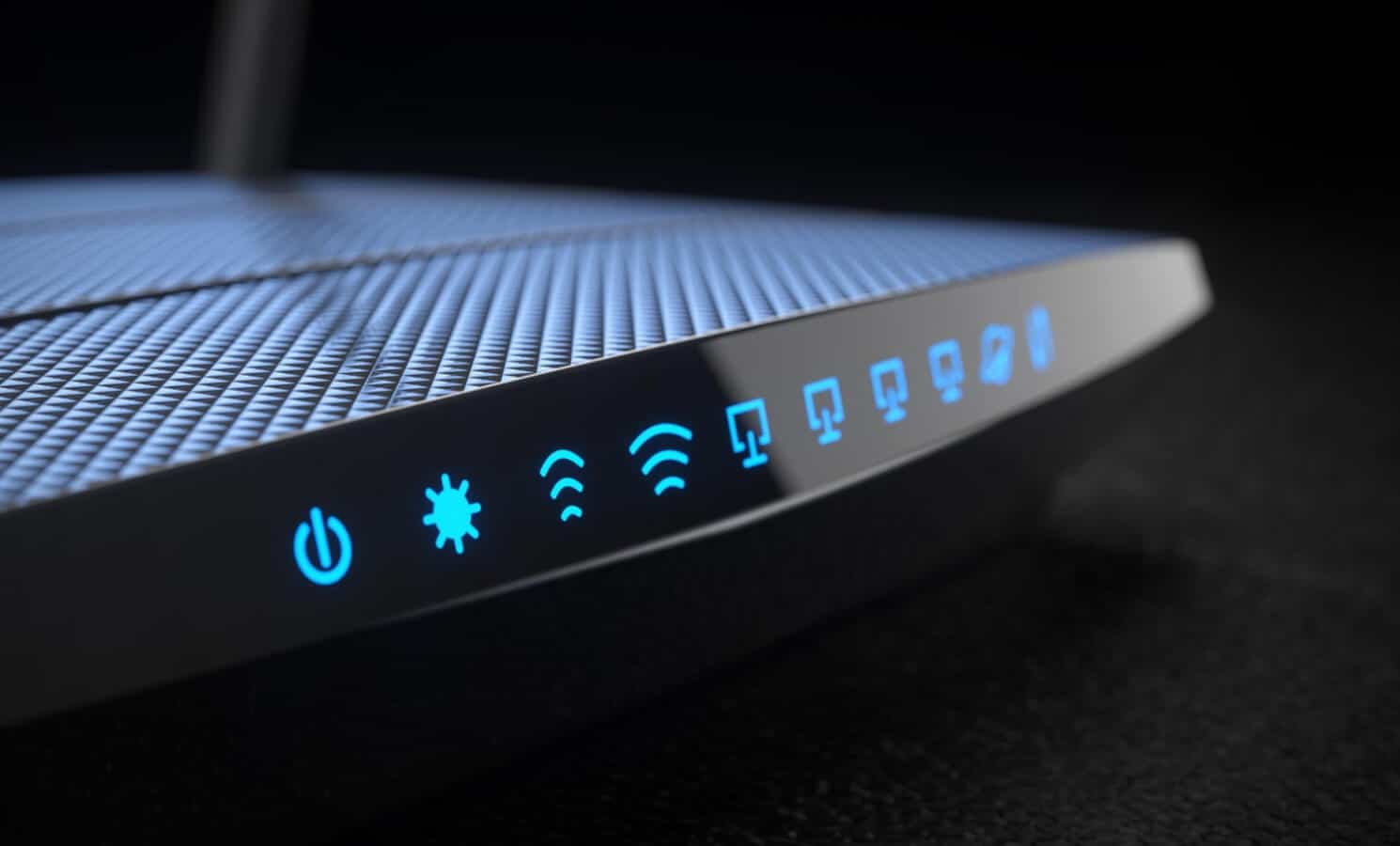How-To
IoT security is a nightmare, here’s what you need to know
Here are three things to look out for.

Just a heads up, if you buy something through our links, we may get a small share of the sale. It’s one of the ways we keep the lights on here. Click here for more.
Over the years, cybersecurity has grown to become a serious issue, especially since online services are becoming more ingrained in our lives. The number of connected items in our homes, offices, and personal lives is growing at an alarming rate. In fact, connected devices have grown so much that they’re now predicted to outnumber the human population by 2021. This statistic will only continue to grow at a rapid rate since IoT technology is starting to be used in many fields like healthcare, industrial control systems, and car manufacturing.
The rise of the internet of things (IoT) technology brings a lot of advantages to our personal lives — but the benefits it brings to hackers and cybercriminals are enormous as well.
The IoT security nightmare has already begun. It has been the root of serious concerns across global platforms. For years now, hackers have exploited the weak security systems embedded in IoT devices. There is, however, new evidence that shows companies are now taking IoT security threat a lot more seriously than they did a decade ago.
In order for our security systems to work, we need to be smart as users and monitor what we do on the web. So, what happens if you ignore IoT security on your device? Although there are countless reasons why you shouldn’t ignore online security, this article will cover three of the major threats:
Hackers look for entry points
If you were a thief and wanted to take someone’s possessions, would you target a house with big dogs, cameras, and a security system? The same logic goes for cybercriminals. In other words, they prowl the internet looking for weak points and try to locate new victims to target using bots.
Sometimes these individuals may only be after specific information. Other times, they may be after whatever they can get their hands on. Generally speaking, banking, home, and personal information are what criminals go after the most.
In some cases, however, the hacker will go after health information from hospitals so they can access information about certain patients. They might also try to access the information stored on your vehicle’s software system so they can track your location and remotely take over your control panel. Scary, right?

Routers are definitely an entry source for hackers. (Image: SouthernValleyNews)
The idea behind this hacking method is not to get data but to steal small pieces of information about your life. Your banking information, for example, provides hackers with access to your finances. The personal information on your network provides cybercriminals with information like your Social Security number and your vehicle’s control panel or GPS system. The latter shows them where you travel the most. This typically shows them where you work and where you live, which is all the information needed to steal your identity.
Remember, the most common type of hijacking usually occurs when a device is connected to something that has an easy access point. This can be anything, from webcams to home theater speakers connected to your Wi-Fi.
Privacy issues become a major concern
IoT devices generate a lot of data, and some of this data can be confidential, which is why it’s normally protected by laws. Other data that is generated by cars, home appliances, and wireless gadgets might not be as sensitive, but when these things are combined with data from your refrigerator, motion sensors, and smart household items, it can give away too much information about your personal life. This makes privacy a number one concern.
Additionally, the way data is stored and distributed can complicate cybersecurity, which is why it’s been a highly debated topic. For the vast majority of smart devices, data is stored on a cloud server and later used by service providers to find ways to improve the user’s experience.
Despite all the regulations in place, data protection and cloud security are not nearly enough to address the issues surround IoT security. How much authority should cloud server vendors have over the data they collect? How should encryption and protection laws keep users safe? Whom can they share this information with? These are questions lawmakers and tech experts need to answer.
Safety issues
If someone contacts you claiming they have a solution that is 100 percent foolproof, don’t listen. That’s because IoT security issues and ransomware go far beyond data theft, financial attacks, and network hacking. So, how do you protect yourself and your personal information against ransomware?
The simplest way to tackle this problem is by trying to adapt, implement, and practice using safety measures recommended by manufacturing companies. Some general safety points to keep in mind, for example, include checking the reliability of the website, setting up double authentication for specific user accounts, and managing passwords. Other safety points users should think about include:
- Making sure devices are secured with network firewalls. Remember, there are generic firewalls and IoT-specific firewalls.
- Ensuring that suspicious devices are removed from your network.
- Update your devices regularly and make sure to look out for weak points in your network.
- Change all factory set and generic passwords for security purposes.
- Manage your devices effectively.
IoT ransomware can be heartbreaking; and while security software options don’t guarantee complete safety, they do fill many of the gaps that are created due to user carelessness. No one can deny the fact that IoT will become an important part of our lives within the coming months, and our security needs some serious attention.
With all that being said, users should follow the best possible online security measures and make it a point to provide an online defense whenever they’re on the web or connected to a network.
Have you ever been a victim to cybercriminals or an IoT breach? Let us know down below in the comments or carry the discussion over to our Twitter or Facebook.
Editors’ Recommendations:
- Review: Momentum Cori HD Smart Home Security Cameras
- 3 Internet of Things devices that will make your life easier
- Apple’s T2 security chip is so secure that it blocks some third party repairs





























